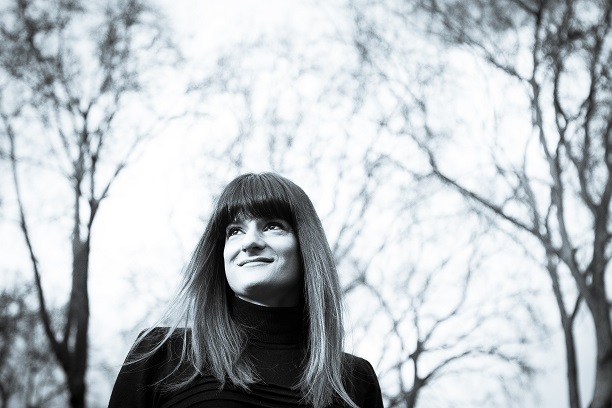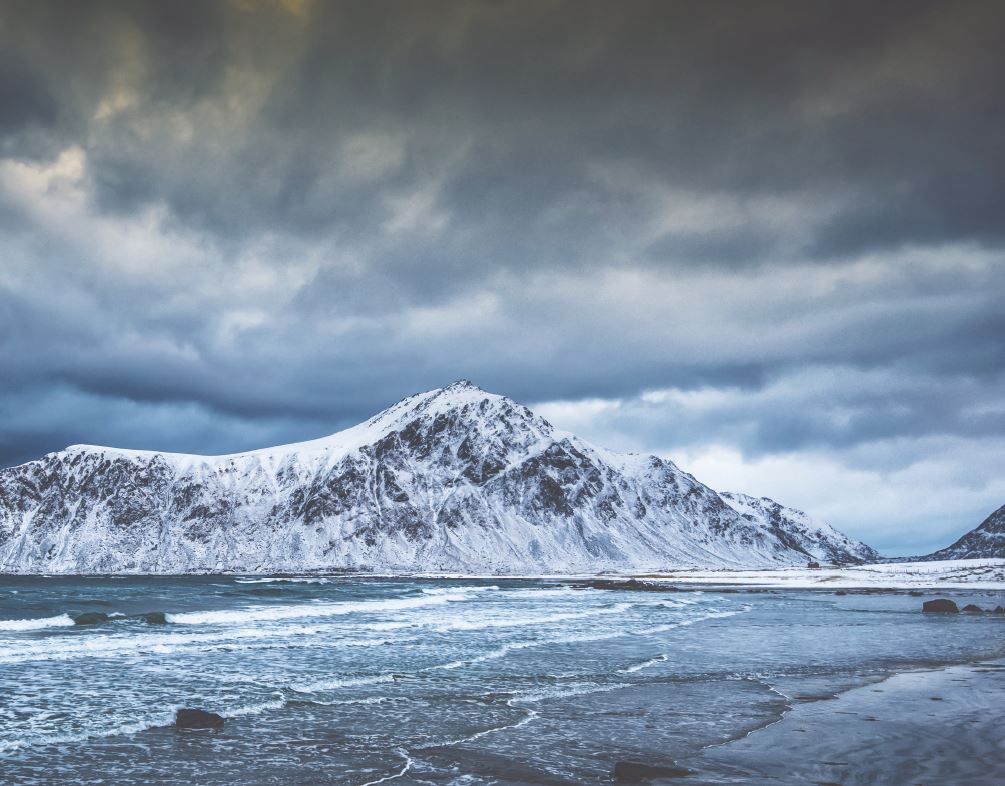- Home |
- Search Results |
- Witches in 17th century Iceland: ‘They were almost exclusively men’

Runes, Fire and Power
Iceland, October 2016.
Travelling through this biting landscape, I’m struck by its rawness: shards of black volcanic rock and stunted trees twist at the base of icy mountains. Beauty jostles with brutality.
This is the land of the Sagas: folktales of love and loss played out on the domestic stage, with battles and curses, ghosts and spirits. The stories are bewitching in every sense of the word. Yet during my book research, as I tracked across a country that felt vast and bleak and all consuming, it was the accounts of the Icelandic witch trials that truly intrigued me.
The fires arrived in Iceland later than in the rest of Europe, and far fewer people were burned. Between 1604 and 1720, there were 120 trials and twenty-two deaths. Only one of the victims was a woman. Land of fire and ice, where winds sweep in from the Arctic to flay the flash from your face: surely its witch trials should have been more extreme than those elsewhere?
Iceland’s physical ferocity is part of the reason why its witch trials were so different. Life here was short and brutal; the population was small and, unlike in England, there were few large villages where a lone woman could be scapegoated and accused of witchcraft. Instead, people scratched out a harsh existence in tiny pockets of civilization, relying entirely upon the land, the sea, the weather. Prayers for good harvests were common, but so were spells and charms against ill fortune. Magic and religion were close cousins. A man might as easily carry a magical stave as wear a paternoster; he could draw out a runic symbol for good fortune and then make the sign of the cross. When the land that feeds you in summer might kill you that winter, a belt-and-braces approach seems sensible. Harsher lines between good and evil were only drawn after the Reformation, and through growing contact with the rest of Christian Europe.
One of the primary Icelandic texts on witchcraft was written in runic staves by the sixteenth century Bishop of Holar, who was described as ‘the greatest sorcerer of his time’. Practisers of witchcraft were almost exclusively men, in contrast to the thousands of women who were burned throughout the rest of Europe. Witchcraft and sorcery were associated with power, and power rested with men - men who could read and write.
In Iceland, exile was in itself a death sentence, and many sorcerers were condemned to outlawry rather than being burned. Hysteria around witchcraft spread quickly through English communities; here, the sparseness of the population and the scarcity of trees made the country-wide spread of any sort of fire, metaphorical or otherwise, impossible.

And perhaps the wild, bleak landscape allowed a belief in magic to prevail. Iceland is full of visual spectacle: the soaring mountain peaks; the active volcanoes (one of which, Hekla, was long-rumoured to be the entrance to Hell); the geysers; the rift valley at Thingvellir, which looks as though it has been gouged from the surrounding landscape by a raging giant. Against this backdrop, people looked for supernatural causes to explain why their crops failed, or why the snows had buried their settlement, or why yet another child had been swallowed by the land when she had gone for a walk. Perhaps the hulðufolk took her, or the trolls were taking revenge? And perhaps, looking at the brutality of those surroundings, it’s easy to see how a community might huddle together against the cold, seeking survival through whatever means they could, rather than pointing accusatory fingers.
Increasingly, I find myself reflecting on the nature of witch-hunts within modern communities and how quickly people can turn on an individual who is seen as exposed, particularly online. It’s wonderful to celebrate each individual’s right to voice their opinion, and to embrace the wonder of the internet. However, as we each sit staring at our screens and speak to each other across the isolated landscape of the electronic ether, it’s easy to forget how easily brutality can creep in. As in Iceland in 1686, words are the source of our power. And, as the past tells us, words light fires.